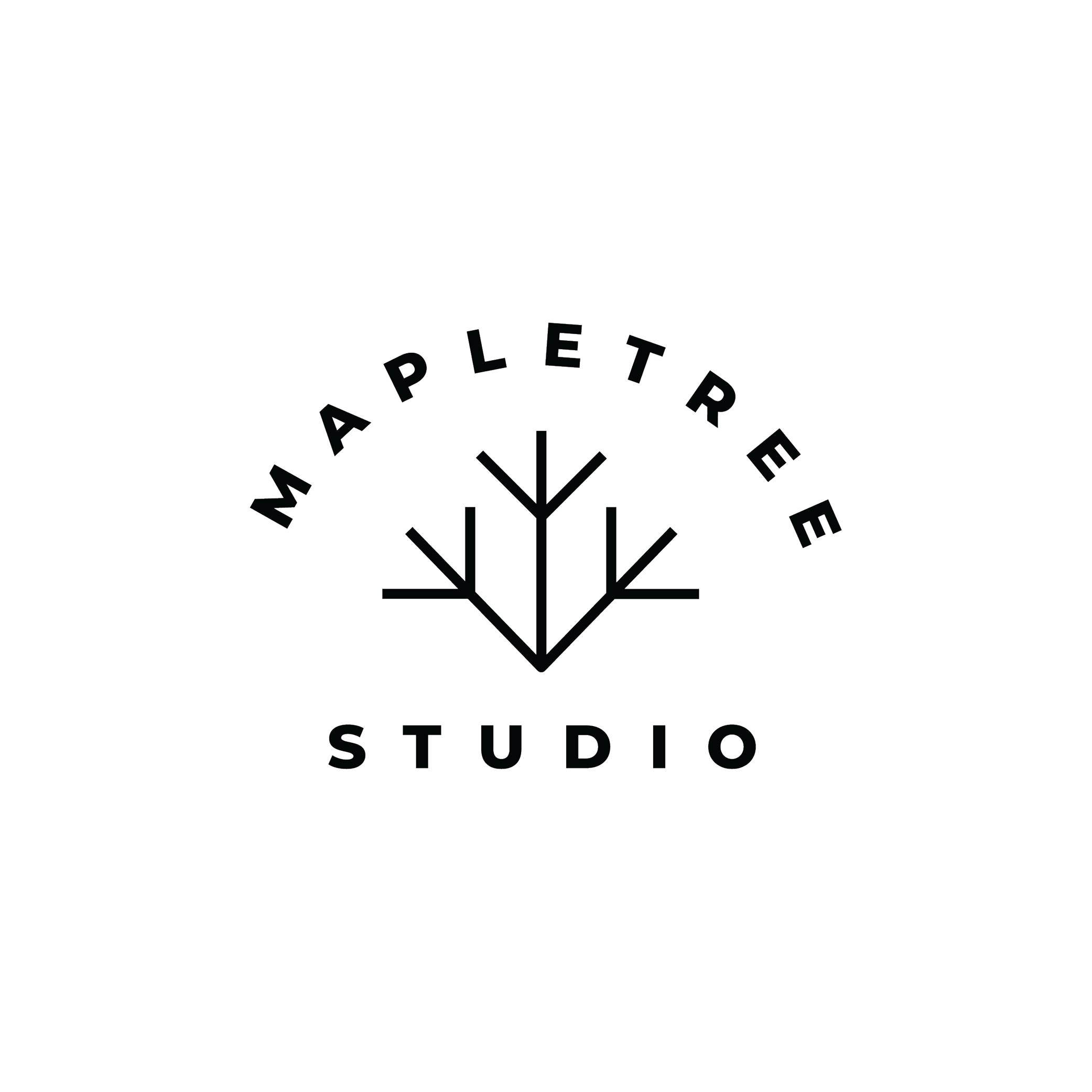Get Online in 72 Hours
Professional one-page website for just £479
Discover why web accessibility isn't just a legal requirement. It's a smart business move that can boost your reach, reputation, and revenue.

In today’s digital landscape, your website serves as the front door to your business. But what if that door isn’t accessible to everyone? Ensuring your website is accessible isn’t just about compliance. It’s about reaching more customers, enhancing user experience, and building a reputable brand.
Web accessibility means designing and developing websites so that people with disabilities can use them effectively. This includes individuals with visual, auditory, motor, or cognitive impairments. By adhering to accessibility standards, such as the Web Content Accessibility Guidelines (WCAG), you ensure that your website is usable for a broader audience.
In the UK, the Equality Act 2010 makes it illegal to discriminate against people with disabilities. This extends to digital services, meaning your website must be accessible to all users. Non-compliance can lead to legal challenges and potential fines.
Approximately 1 in 5 people in the UK have a disability. By making your website accessible, you tap into a significant market segment that might otherwise be excluded.
Accessible websites often provide a better user experience for all visitors, not just those with disabilities. Features like clear navigation, readable fonts, and alternative text for images can enhance usability for everyone.
Many accessibility practices, such as using descriptive alt text for images and proper heading structures, align with SEO best practices. This can improve your site’s visibility in search engine results.
Demonstrating a commitment to inclusivity can strengthen your brand’s reputation, fostering trust and loyalty among customers.
Use Descriptive Alt Text: Provide clear descriptions for images to assist users relying on screen readers.
Ensure Keyboard Navigation: Make sure all interactive elements are accessible via keyboard for users with motor impairments.
Provide Text Alternatives for Multimedia: Offer captions or transcripts for videos and audio content to assist users with hearing impairments.
Maintain High Contrast: Use sufficient contrast between text and background colors to aid users with visual impairments.
Simplify Content: Write in plain language and organize content logically to support users with cognitive disabilities.
Prioritising web accessibility is not just about compliance. It’s about creating an inclusive online presence that serves all users. For small businesses, this approach can lead to increased customer satisfaction, broader reach, and improved business outcomes.
If you need assistance in making your website more accessible, feel free to reach out. Let’s work together to ensure your digital presence is welcoming to everyone.

Perfection is achieved, not when there is nothing more to add, but when there is nothing left to take away.
Mapletree Studio specialises in minimal, high-performance websites that convert. Based in the Midlands, serving businesses across the UK.

Thinking of using a website template? Here’s why custom-built websites win on performance, SEO, and conversions every time.

Learn how a strong brand identity can differentiate your small business and build lasting connections with customers.

Small business? Big goals. A simple, well-designed website can help you attract customers, build trust, and grow your business.